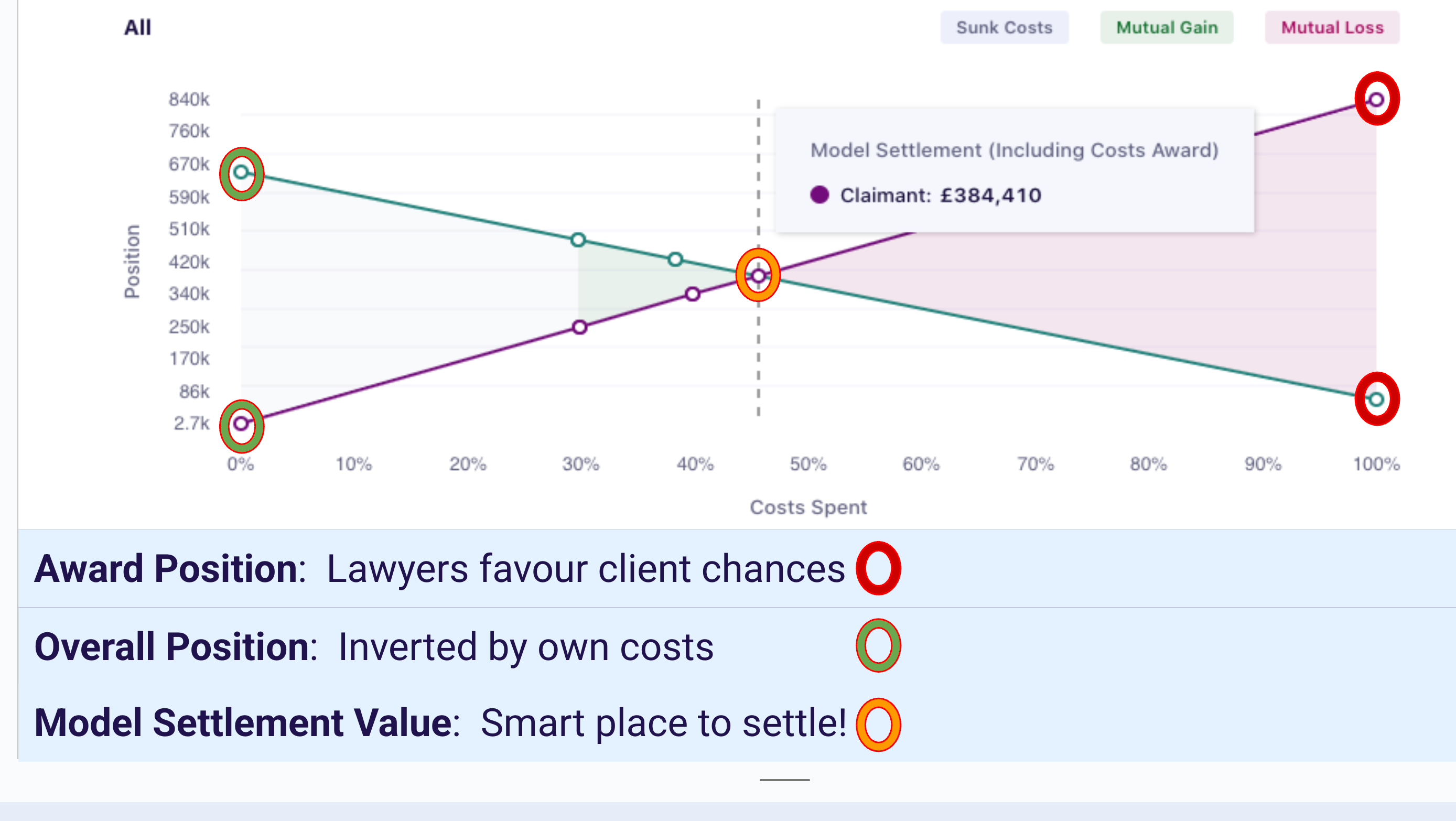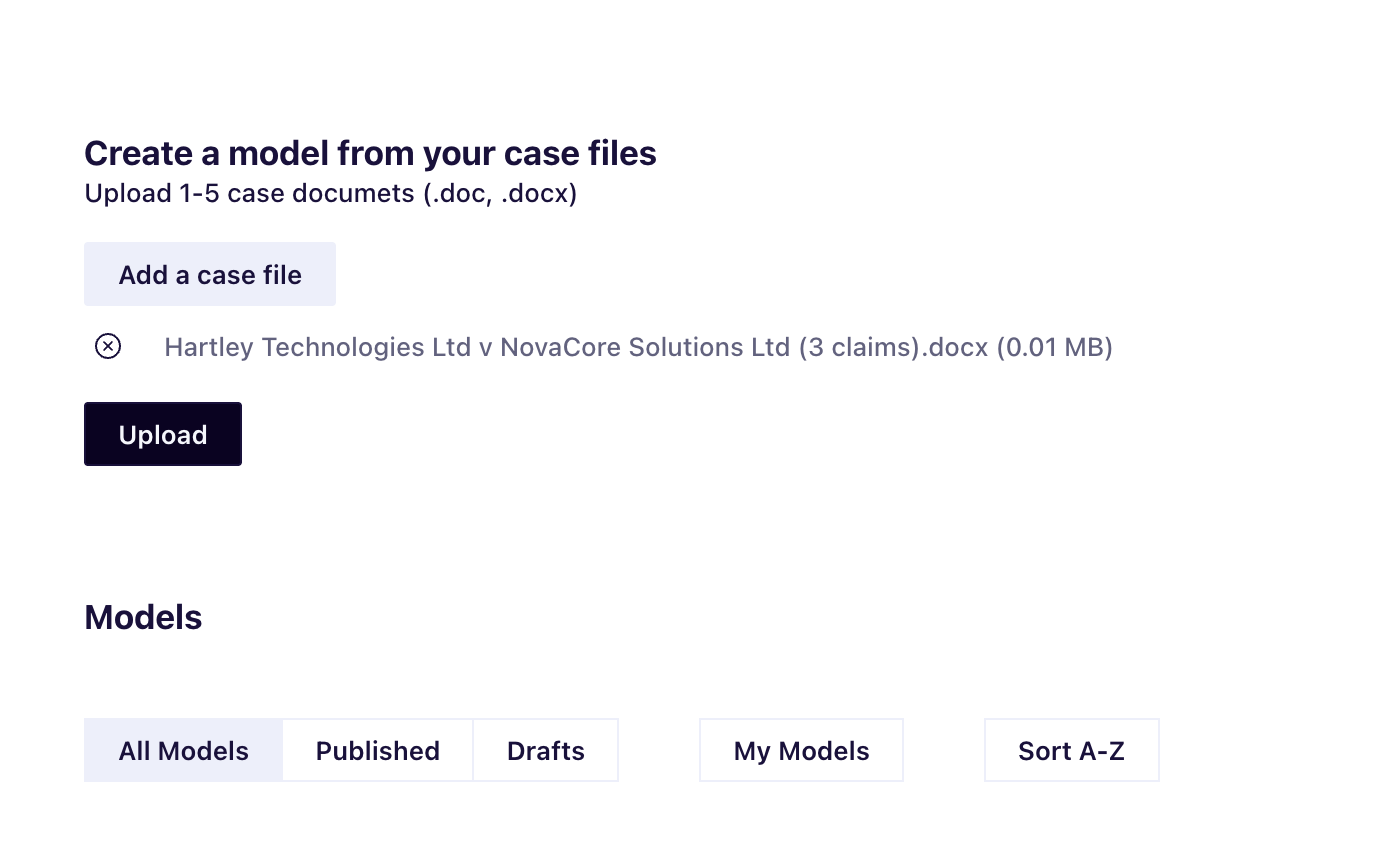The chances of winning or losing a legal dispute, whether Issue by Issue or overall, are subjective – a function of professional skill and experience. That there can be a wide range of opinion is clear from the fact lawyers disagree with their Opponents about those chances. They always believe their Opponent is overestimating their client’s prospects. Some of it may be bravado, but underneath it is real. This ‘partisan bias’ is inescapable and has been studied.
Does this mean that lawyers are immune from responsibility for those assessments, provided they are within this broad ‘partisan’ range? Unfortunately that is not so. It is possible and in fact common for lawyers to factor excellent opinions into objectively incorrect calculations. This goes mostly unrecognised; because without a formal modelling process, it is not easy to hold lawyers accountable for their valuation of settlement prospects.
If you make a wise assessment of the various chances of success but incorporate them in the wrong model, you will get a wrong answer. Effectively ‘Wisdom In’ can still result in ‘Garbage Out’. SettleIndex has been used by disgruntled clients to bring successful claims for compensation where they were given demonstrably wrong advice founded on an otherwise unimpeachable evaluation of the chances.
The endemic problem is that disputes are needlessly prolonged through both sides using the wrong model to calculate the settlement range. This delays resolution and adds to cost. Who hasn’t seen clients step in at mediations to do deals outside their own lawyers’ range?
Although we talk about the ‘wrong’ model, in most cases the ‘model’ is just in the lawyer’s head. Lawyers assess chances, but most do not put them into any formal mathematical structure. They get a feel from experience and simply adapt to their Opponents’ perceived ‘intransigence’ at mediation. Too often litigation becomes performative — long and expensive battles driven by belief and posture rather than reasoned valuation.
These are the results
- Defendant Settlement figure too low, case needlessly prolonged sometimes into a full trial and costs wasted;
- Claimant Settlement figure too high, case needlessly prolonged sometimes into a full trial and costs wasted;
So what are the basic ingredients of good settlement evaluation?
- Account must be taken of your Opponents’ likely perspective on the risks. There are two reasons: (1) your advice is inevitably biased in your client’s favour and (2) it is not normally possible to settle cases without compromise. Focus should not be on what you think the case is worth (which will be a product of bias) but on where you could expect your Opponents to compromise.
- Negotiations and the acceptability of a settlement should be judged not against ‘Award Positions’ but against ‘Current Positions’. Lawyers always negotiate around a case’s Award Position; but adjusting to Current Position generally reveals where the compromise lies. Each party has an Award Position – it is, put simply, the sum of what each Outcome would be worth at trial, weighted by its likely chance. In a cost recovery jurisdiction that includes the risk of cost awards that might be made for and against the parties. This is quite complicated to calculate correctly.
- The parties’ Current Position is their Award Position adjusted for the future costs they will incur if they do not settle (the Current Position before any costs are spent is the Overall Position). As the name implies, the Current Position moves as the cost budget is spent. The future costs are a deduction from the Claimant’s Award Position and an addition to the Defendant’s Award Position. With those adjustments for future costs an unbridgeable gap in Award Positions inverts to a halcyon field for settlement, provided you identify Current Positions soon enough. The ‘horse trades’ that parties do to bridge between their Award Positions will generally turn out to be around the value of the Model Settlement – that is where lines, drawn between the parties’ Current and Award positions, cross. In litigation, ‘X’ really does mark the spot!
- You should make the first model as soon as the dispute starts, it is surprising how little value changes with investigation. To echo F E Smith; being better informed may not make you wiser – and it may cost you more than it is worth.
You won’t be surprised to hear that SettleIndex can help you with this. It’s really simple. You create your base model just by uploading claim documents (pleadings or claim correspondence). With the help of our AI assistant you then adjust the structure to incorporate your experience and judgment. This takes your settlement advice to the professional level your clients pay for and deserve!











